Solar Inverter Manufactures Maintenance Tips
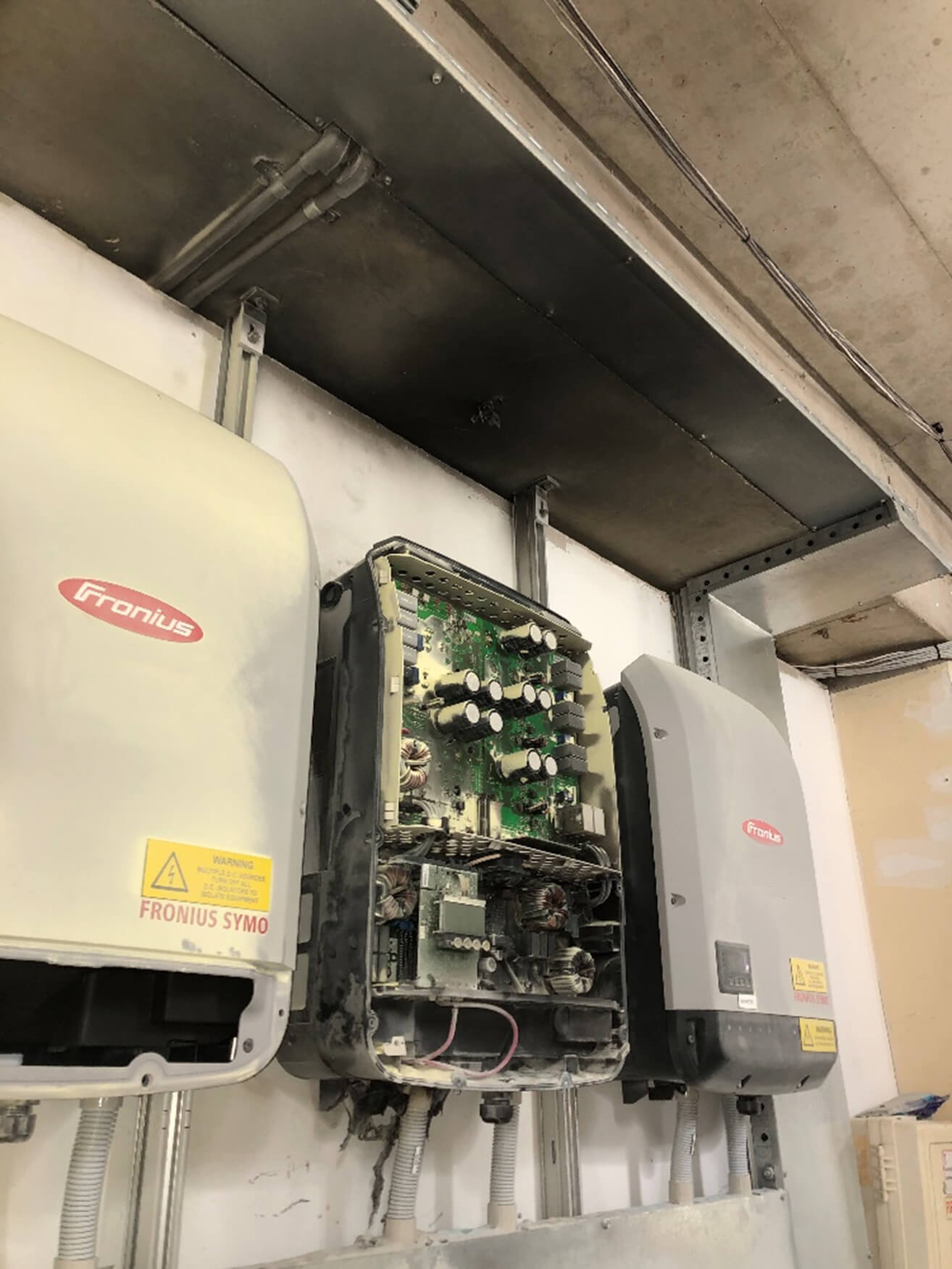
Many of the leading global inverter manufacturer companies recommend the periodic maintenance of solar inverters for them to run smoothly and for longevity.
Understanding why proper maintenance work is required for a solar photovoltaic installation is critical to ensuring optimal operation of the system. While most maintenance efforts focus on the panels, the solar inverter is a key component of the installation, and appropriate maintenance of this component must be conducted. This article represents some of the main solar inverter manufacturers maintenance tips to system owners.
Why is Maintenance on Inverter so Important?
Solar inverters are responsible for converting the DC current from the solar panels to AC current, which is used by our home appliances with the excess returning to the energy grid for a cashback rebate. A single failure of a solar inverter can disconnect the whole solar PV system; therefore, periodic maintenance is critical to ensure its uninterrupted operation.
In this article, we will provide you with all the information you require to understand the importance of solar inverter maintenance based on recommendations from some top inverter manufacturers.
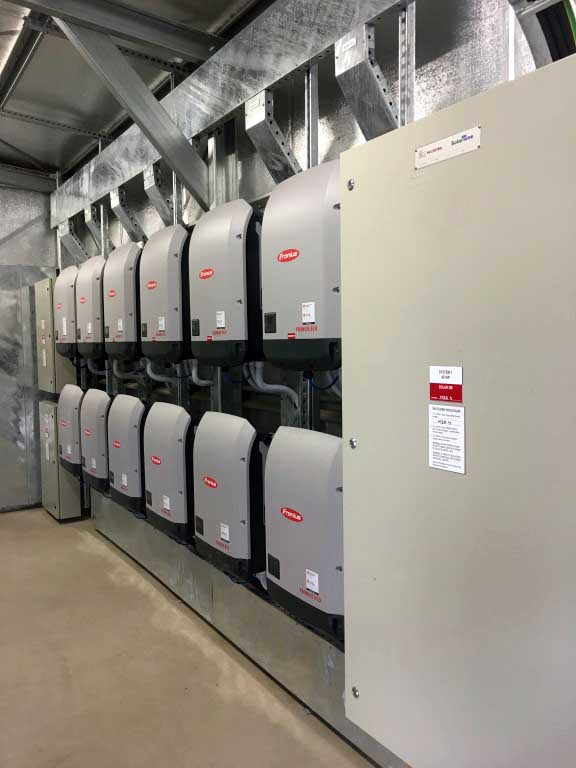
Solar inverters generally heat up as they work and cool down when they stop receiving energy from solar panels, which is the normal expected operation. However, if conditions such as abnormal heating are detected, the energy output can reduce significantly, or the inverter can even stop working.
Likewise, these continuous thermal changes mean that the components inside a solar inverter are subject to expansion and contraction eventually resulting in wear and tear on some components.
For this purpose, it is necessary to periodically check the solar inverters of a photovoltaic solar plant to ensure that the cooling and ventilation systems work properly. Just one example of why remote monitoring, whilst important, needs to be supported by onsite inspections to identify and mitigate performance and safety issues before they became large problems.
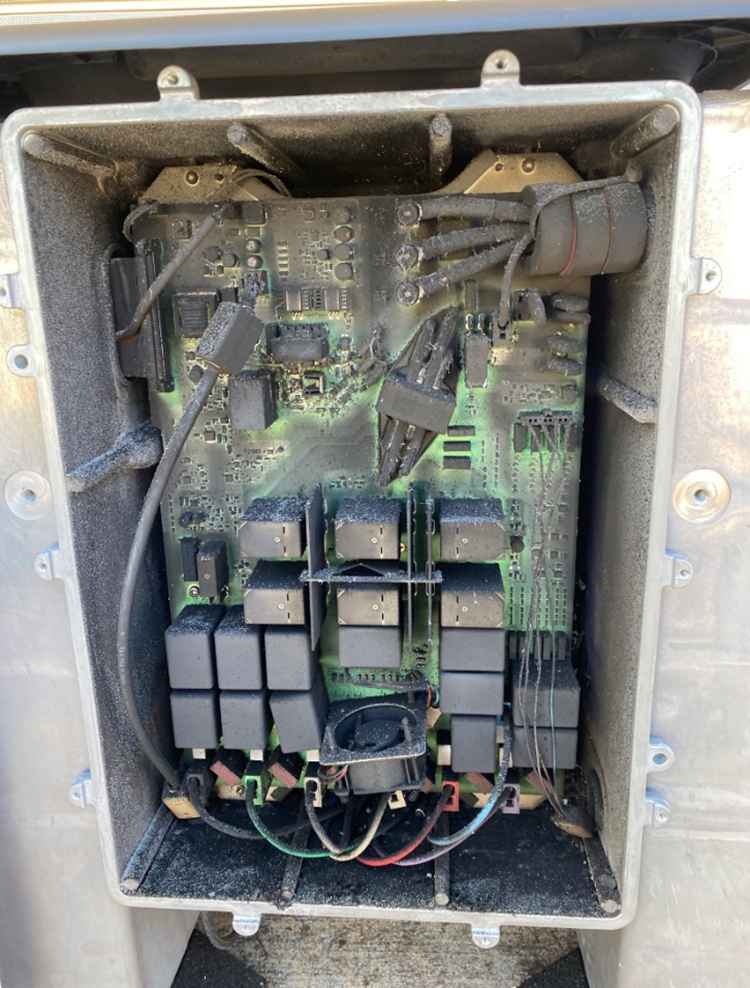
The unavailability of a solar inverter means that many or even all the strings of the solar PV installation cannot inject the energy that is produced, which ends up in unused and wasted energy. Therefore, it is important to carry out or prepare maintenance plans according to the specifications and periodicity of the manufacturers for solar inverters.
Common Problems in Different Solar Inverter Models
Defective or malfunctioning solar inverters can lead to major problems if they are not attended to and can be costly if the issues are not remediated.
Below is a list of the most common problems with solar inverters:
Faulty installation and commissioning:
Often after the completion of a solar installation, several problems or failures are detected due to poor installation of the inverters or lack of verification in the commissioning phase.
This can be avoided by using CEC-certified and qualified solar electricians who understand the installation requirements of the manufacturer and perform adequate tests of the solar inverter when installed.
Excessive heating, temperature above its operation:
Like any other electric-powered equipment, solar inverters are made up of several components sensitive to temperature variation.
Solar inverters can protect themselves in case of abnormal temperature rise by reducing energy output or completely turning off, provoking the disconnection of the whole solar system.
It is important to install the solar inverter in a well-ventilated location and to verify that all cooling, ventilation, and control systems are working properly, as the failure of these systems can melt some internal components. An ideal location for inverters is the MSB room where it is well-ventilated and cool.

Insulation fault:
Another common fault is the failure of the internal components of the insulation. It can occur when there is a short circuit between parts of the electronic power circuit and usually results in an “insulation alarm” report by the solar inverter.
A short circuit is mostly caused by a combination of moisture and damage to the internal wiring of solar inverters. It can also occur due to the lack of bolt tightening, defective installations, faults in the generation part, or bad connection of the DC part. These faults occur mostly in solar systems located in humid areas.
One of the ways to avoid this type of failure in a solar inverter is to choose components and cables with better insulation properties. In addition, insulation measurements of the components must be carried out and checked periodically, to anticipate future defects. Inverter failures can cause electrical fires, requiring replacement of the unit, and potential far reaching damage to the facility.
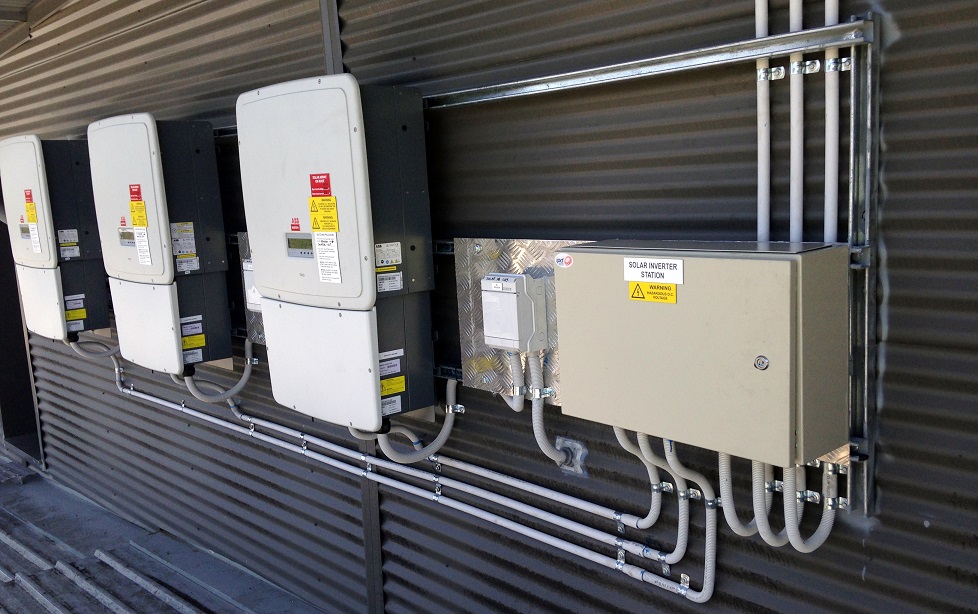
The inverter does not restart after a grid failure:
Once a grid failure occurs, often due to grid instability, the inverter must be able to restart and reconnect. If it does not do so properly, the root of the problem must be investigated. 24/7 monitoring is important to detect faults as quickly as possible.
MPPT system:
Solar inverters utilise ‘Maximum Power Point Tracker’ (MPPT) technology, which optimises the power extracted from solar panels. Solar panel electrical output is variable and depends on the incident sunlight, shading of panels, panel temperatures and the electrical configuration of the panels. As the output of the solar panels depends on these factors, it is not always constant. As a result, an MPPT is critical to optimise power extraction and generation.
In today’s string inverters, an MPPT failure is automatically detected by the Inverter’s internal software and raised an error/fault. In these cases, the manufacturer will need to be contacted for a replacement. Typically, inverter manufacturers require a licensed electrician/ solar installer to undertake inverter troubleshooting and testing before a replacement inverter/ part is approved.
Reverse polarity connection:
In cases where the Inverter is connected to a battery bank, the connection of the battery terminals must be checked and verified, otherwise, the Inverter will detect a polarity fault and can shut down immediately
Maintenance Planning for Solar Inverters
The best recommendation for a maintenance plan is to carry it out in accordance with the inverter model and manufacturer recommendations. Some of the top inverter manufacturers in the world, such as SMA, Fronius, Solaredge and Sungrow, have a resource library where the maintenance manuals can be consulted.
Common solar inverter maintenance scopes include a review of the cooling system, filter and insulation cleaning, the tightness of mechanical components, and inspection of the state of the contactors, and software, among others.
Hence the importance of having and selecting a suitable service company with the necessary experience and CEC qualifications to provide the maintenance service; this ensures the long life of the solar system, which guarantees a higher return on investment.
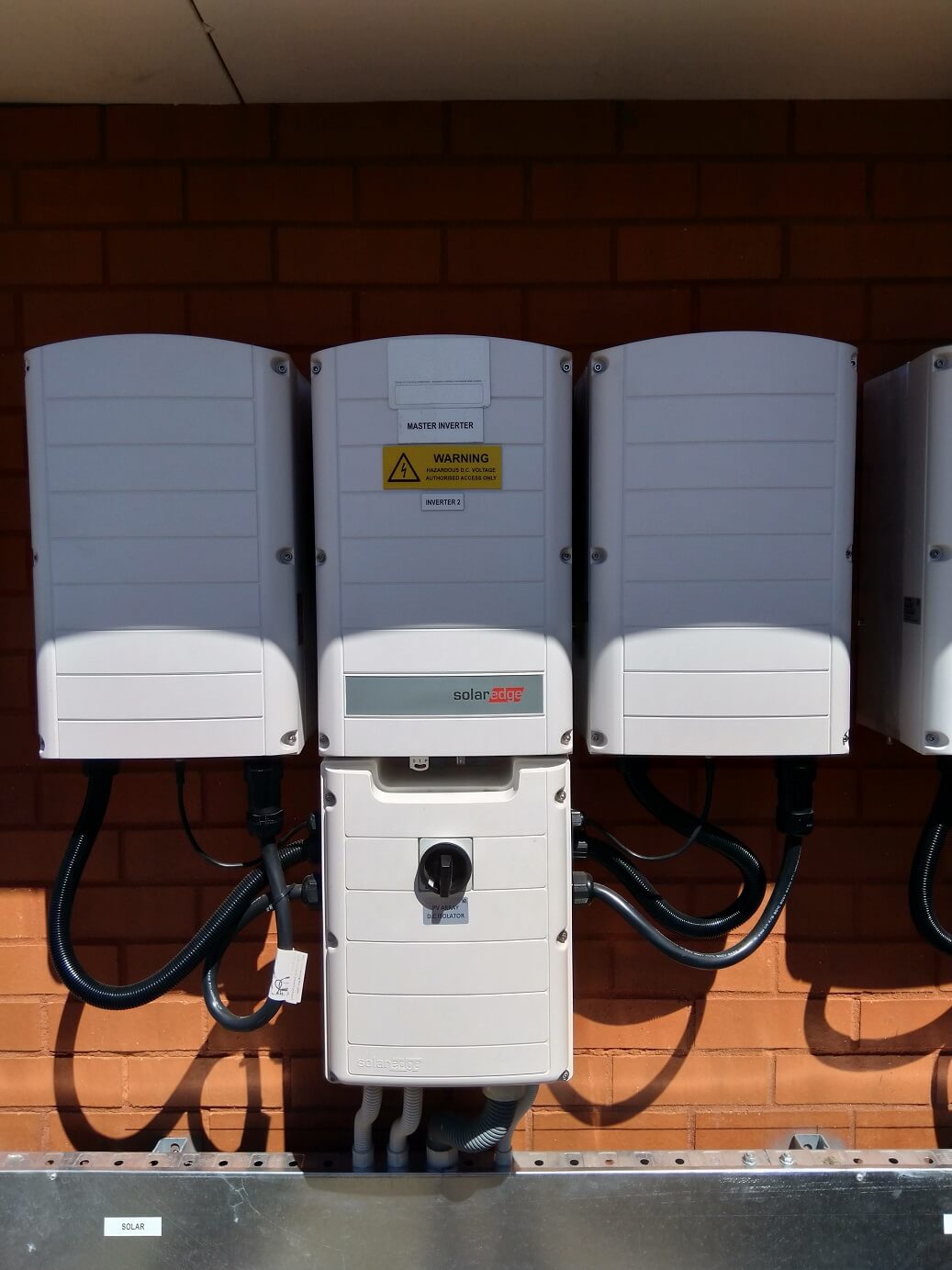
Key items in an inverter station maintenance scope should include:
- Verify solar connections at the POC (Check terminals for tightness and heat discolouration).
- Report any unauthorised access, debris/obstruction, unclear access to Inverter Station.
- Confirm warning labels are in place and intact.
- Check mechanical connection of the inverters to the wall or ground.
- Check and validate all voltages & production values from the human- machine interface display.
- Clean inverter filters & ensure that heat sinks are clear and free from obstruction.
- Test inverter fans for proper operation.
- Verify integrity of electrical enclosures (AC and DC boards).
- Check cables and terminals for discolouration from excessive heat build-up.
- Check continuity of system ground and equipment grounding.
- Verify operation of CBs RCDs and DC isolation devices.
- Check torque on terminations
- Check fuses
- Check Anti Islanding Mechanism / internal disconnect operation.
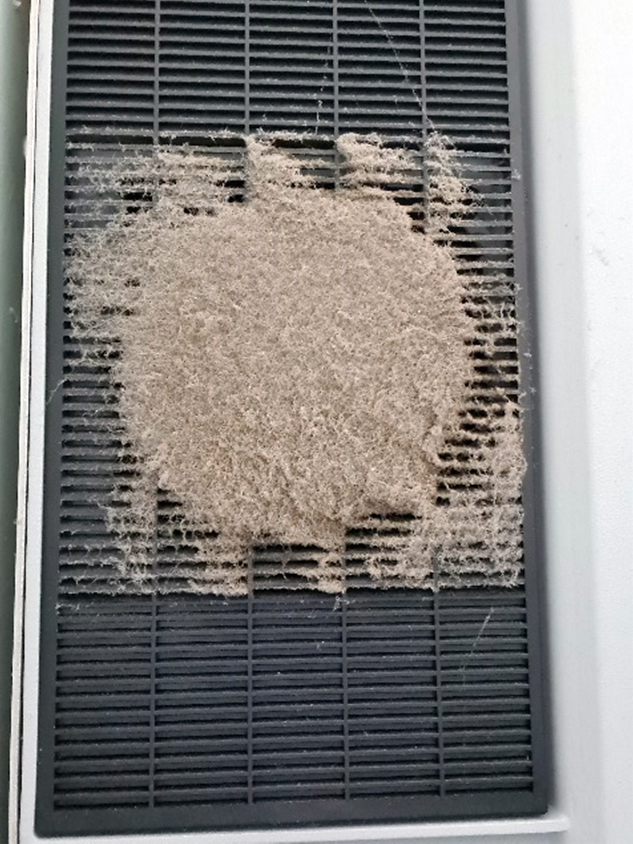
Safety Tips During Solar Inverter Maintenance
High voltages are present in the energised components of a solar inverter. Touching one of these energised components can result in death or serious injury due to electric shock.
To mitigate this risk, we recommend you follow the next steps:
- Do not touch any live components and turn off the system at the main switch if it is safe to do so.
- Observe all warning messages on the product and in the documentation and all the module manufacturer’s safety information.
- After switching off the inverter, wait at least 15 minutes before opening it to allow the capacitors to discharge.
- Engage with a qualified solar electrician who can isolate the hazard and remediate the issue without causing further damage.
Final Thoughts
As we have seen, the solar inverter is a critical part of a solar photovoltaic installation. Its availability and proper functioning will allow for all the energy production to run smoothly and uninterrupted, and ensure key safety risks are minimised.
Proper maintenance of not only the solar inverter but the complete solar PV installation should be performed thoroughly and based on the recommendations and guidelines from the equipment manufacturers themselves. In this way, it is possible to identify issues and take corrective actions before the actual failure takes place. Feel free to consult with one of our engineers if you would like to know more about Industrias services.
Latest Reviews
What about modules? What are the manufacturers’ recommendations for maintaining panels?
Interesting insights… Good article!